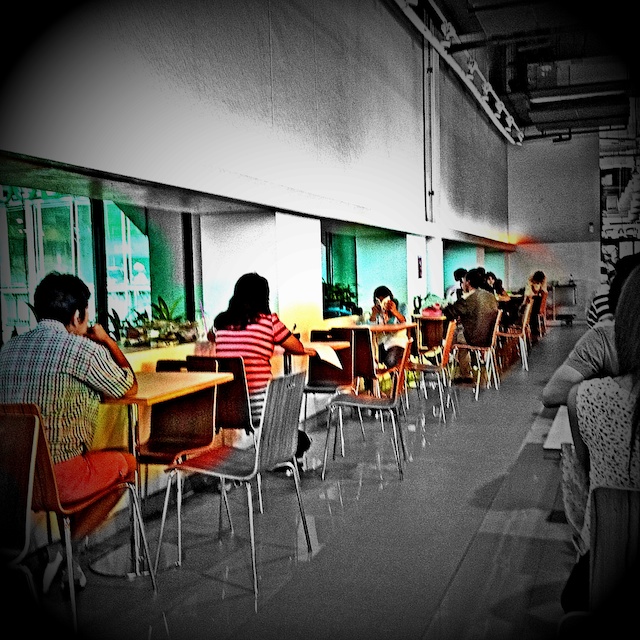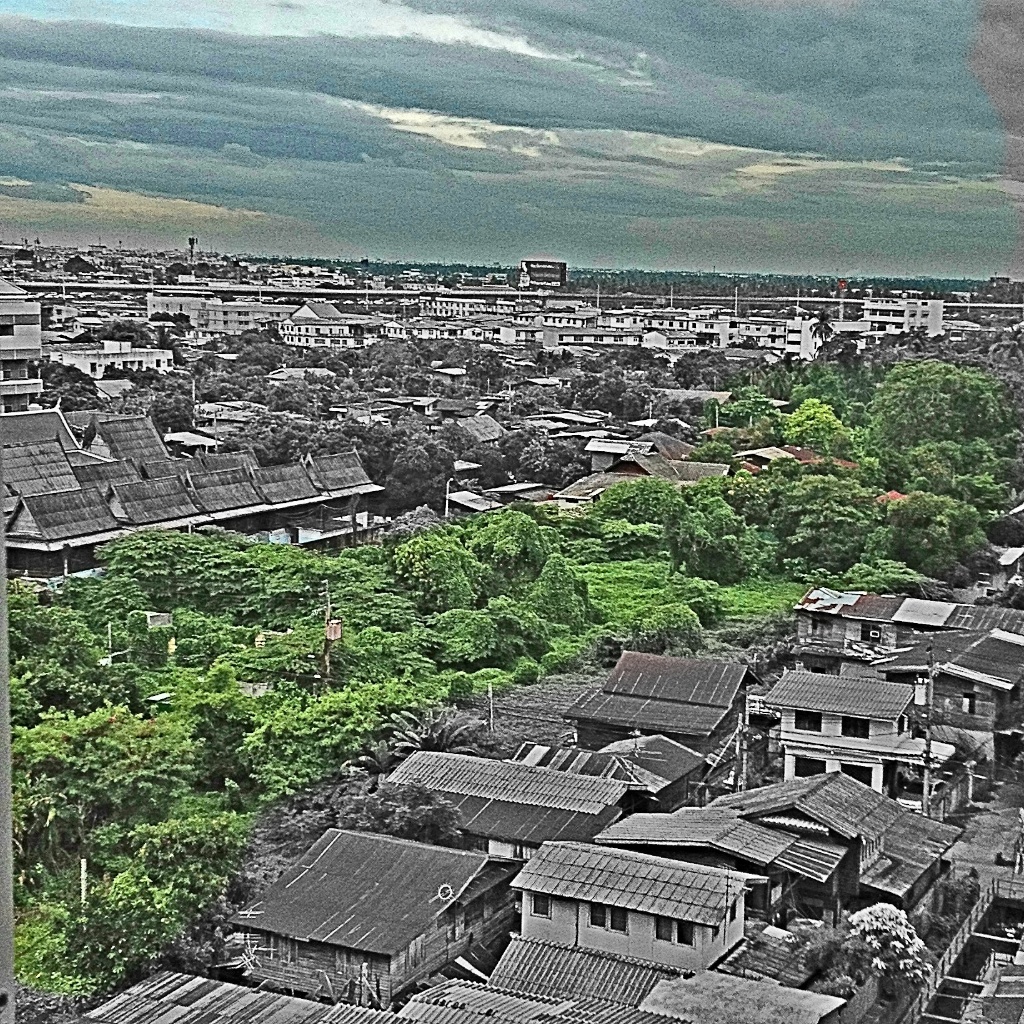Crossing from the Desktop to iOS: Color Splash Studio - A Really Nice App with some Useful Features

AMITIAE - Tuesday 12 June 2012
|
Crossing from the Desktop to iOS: Color Splash Studio - A Really Nice App with some Useful Features |
 |
|
|
By Graham K. Rogers
BackgroundAlthough I usually use the Mac for work on photographs, the advent of the iPhone with its camera and the apps, have made the iOS platform so flexible that I tend to work much more on the smaller devices these days.On Friday, I wrote about a useful iOS app that had appeared as an application for the Mac, Diptic, a few days after I had been pleased by the iOS app. One of the applications I have been using for a while on the Mac is Color Splash Studio ($1.99): a useful graphics utility that uses a monochrome version of an image. The user then adds colour back into the image with cursor strokes. When I saw that this had now been made available for the iPhone, and for the low, low price of $0.99, I downloaded it immediately.
Color Splash StudioAfter the opening screens, a panel displays with three ways to bring in an image that we are to work on: the camera, the photo album and Facebook.When an image has been selected there is an option to crop to a square before use. The image may be resized using the 2-finger "pinch". In the working panel there are several tool icons at the top of the screen. From left to right these are Done, Undo, Brush, FX, Adjust and More Tools.

Export MethodsWhen an image is done, a panel appears giving several ways to export. The top option is to start a new session, so we may use this to abandon any project if it is not successful. Export options are the Camera Roll (saving the image), Send Postcard, Instagram, Facebook, Twitter, Flickr, email, FX Photo Studio (a social/sharing site) and Print.
A message box is available and text can be typed in. It appears on the display, showing that a fairly lengthy communication could be typed. I was asked to create an account. In the data entry panels the developers had provided extra fields for those not in the USA: this had been well thought-out. A similar set-up was available for the recipient name and address. Once done, the payment due ($1.99) was completed by entering credit card details. I was told the card would be "shipped" and a confirming email sent. Email confirming receipt arrived within a minute, so is an automated process. Another email had already been received for account activation. I was asked to enter a password on a browser page and when I had done this, my postcard image was shown: a nice touch. Clicking on the image showed a status report and a link for reporting lost or damaged postcards. Sending an image by email was simple and I was offered the usual four options: small, medium, large and "Actual Size" which was shown as 2.0 MB. The other options were shown as 59.5 KB, 217 KB and 789 KB respectively. I viewed images saved in the Camera Roll in Aperture using PhotoStream and one of these was shown as 2448 x 2448 (6 MP) with a file size of 2.02 MB. Another was 1639 x 1639 (some cropping had been needed initially) with a file size of 1.49 MB. Exporting the latter as an 8-bit TIFF image, gave me a (slightly grainy) image of just under 23" x 23" with a file size of 8.1 MB.

CommentsLike CameraBag and Diptic before it, which went from iOS apps to the desktop, the successful move from the Desktop to iOS for Color Splash Studio has given me a really nice app with a specific task that has a number of useful features, particularly in the way the images produced can be exported. This is after all a point of photography: letting others see what we have done.Color Splash Studio is the full name -- displayed in the opening panel -- although the short name, Splash Studio, appears in the list of apps on the iPhone. The app is not optimised for the iPad, so appears in the x1 and x2 display format. The developers, MacPhun, have other apps that I have already downloaded: Cartoonatic, Silent Film Director and ArtCamera. I have been really happy with each of these and their features as I have been with the desktop version of Color Splash Studio. They have several more apps available. Color Splash Studio has a good range of tools that allow more than simple colour adjustments. The finished product can be carefully fine-tuned to create unusual effects. The range of export options gives users a good flexibility in output use. For the low price of $0.99 this is highly recommended.
Graham K. Rogers teaches at the Faculty of Engineering, Mahidol University in Thailand. He wrote in the Bangkok Post, Database supplement on IT subjects. For the last seven years of Database he wrote a column on Apple and Macs. |
|

For further information, e-mail to

|

|